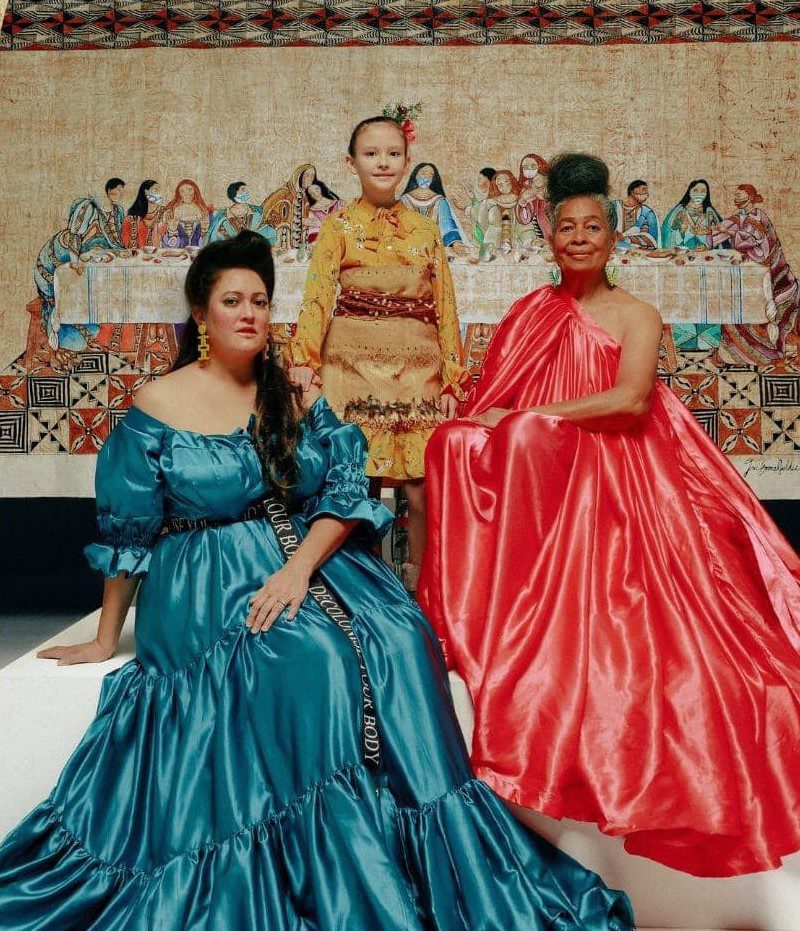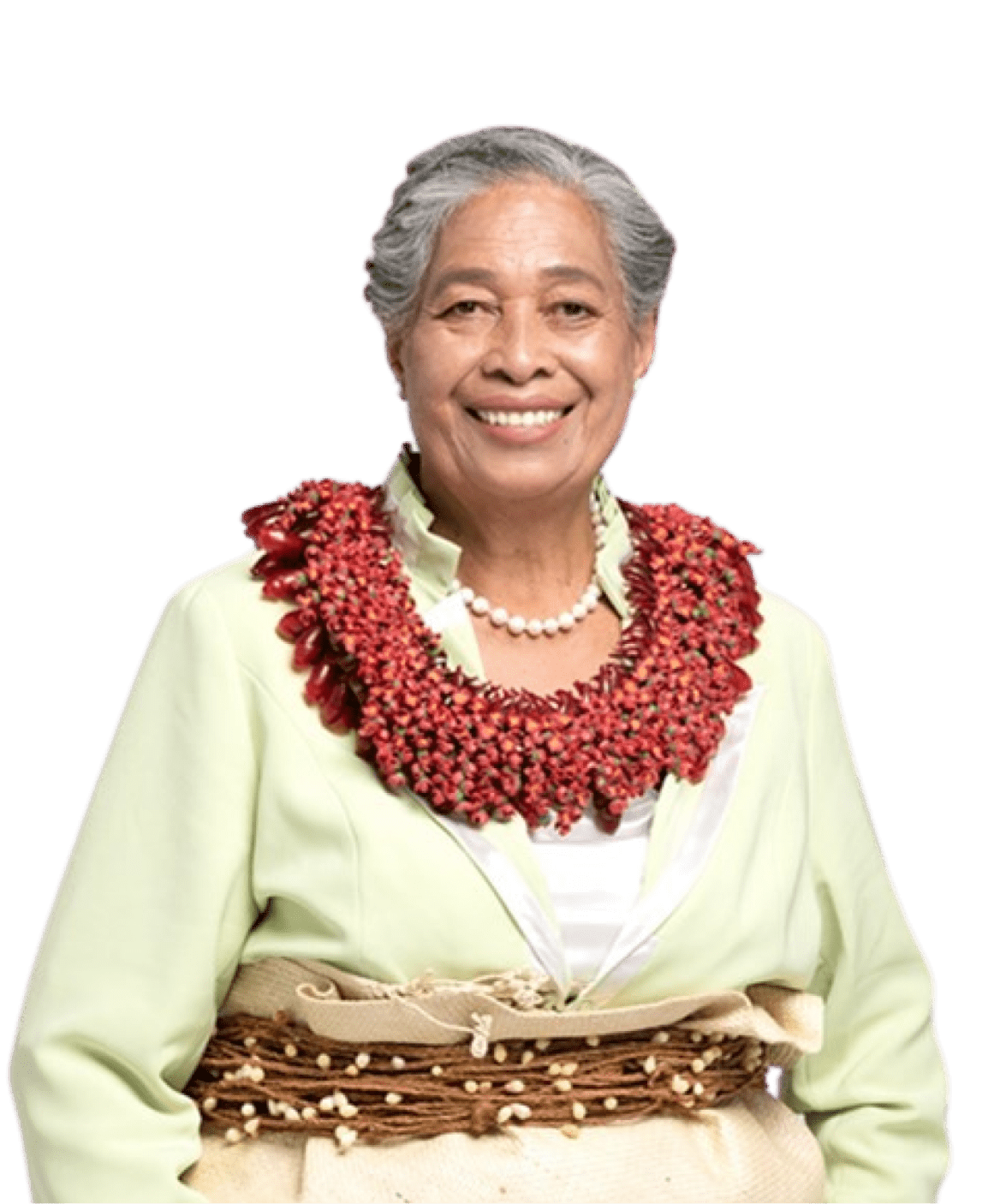
Connecting Polynesian history through preservation of traditional art forms
Sulieti Fieme'a Burrows
Sulieti Fieme’a Burrows MNZM is an award winning artist and expert in the creation of ngatu, the decorated tapa cloth. She is also a passionate advocate for the revival and continuation of this traditional Tongan art form.
Born in Tonga in 1951, Sulieti moved to New Zealand in the 1970s, bringing her knowledge of ngatu, the Tongan form of tapa, and other traditional Tongan crafts.
Sulieti’s tapa art and kahoa heilala necklaces have been bought by both international museums and private buyers. including The Royal Academy of Art in London (during Oceania) The National Gallery of Victoria Melbourne, The University of Hawaii Hilo and Auckland Museum.
In recent years, Sulieti has been returning to her home village of Falevai in the Vava’u island group in Tonga and working with the village women to resuscitate the art of making ngatu, which hadn’t been practised there for decades.
Sulieti has presented and given workshops about her practice around the world and has visited the Museo de Americas in Madrid twice to view, sketch and take notes about the world’s oldest intact ngatu, Malaspina’s Carpet, which Tongan scholars believe originated in Sulieti’s home island.
Sulieti practises as both an individual, specialising in traditional designs, and as part of a successful collaboration with her daughter Tui Emma Gillies, helping produce works that push the work in bold new directions while anchored in the roots of the heritage art form. They have received grants from Creative New Zealand and were the recipients of the Creative New Zealand Heritage Art Award in 2018.
In 2020, Sulieti was made a Member of the New Zealand Order of Merit in recognition of her “services to Tongan art and education”
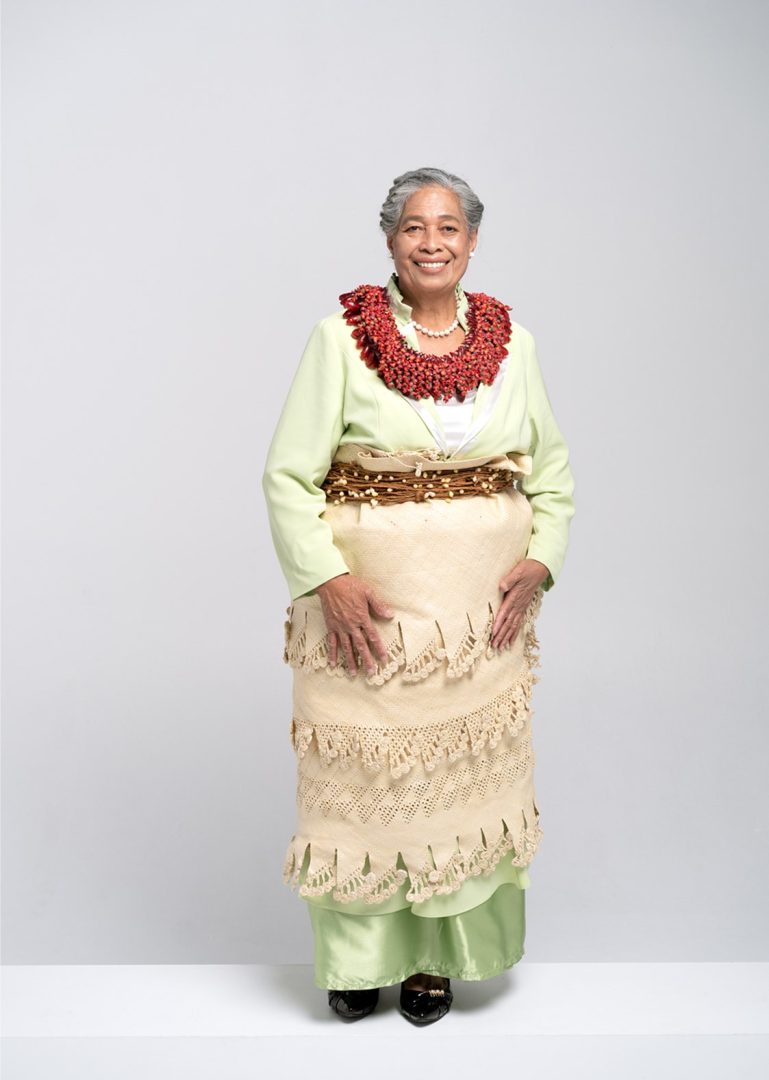
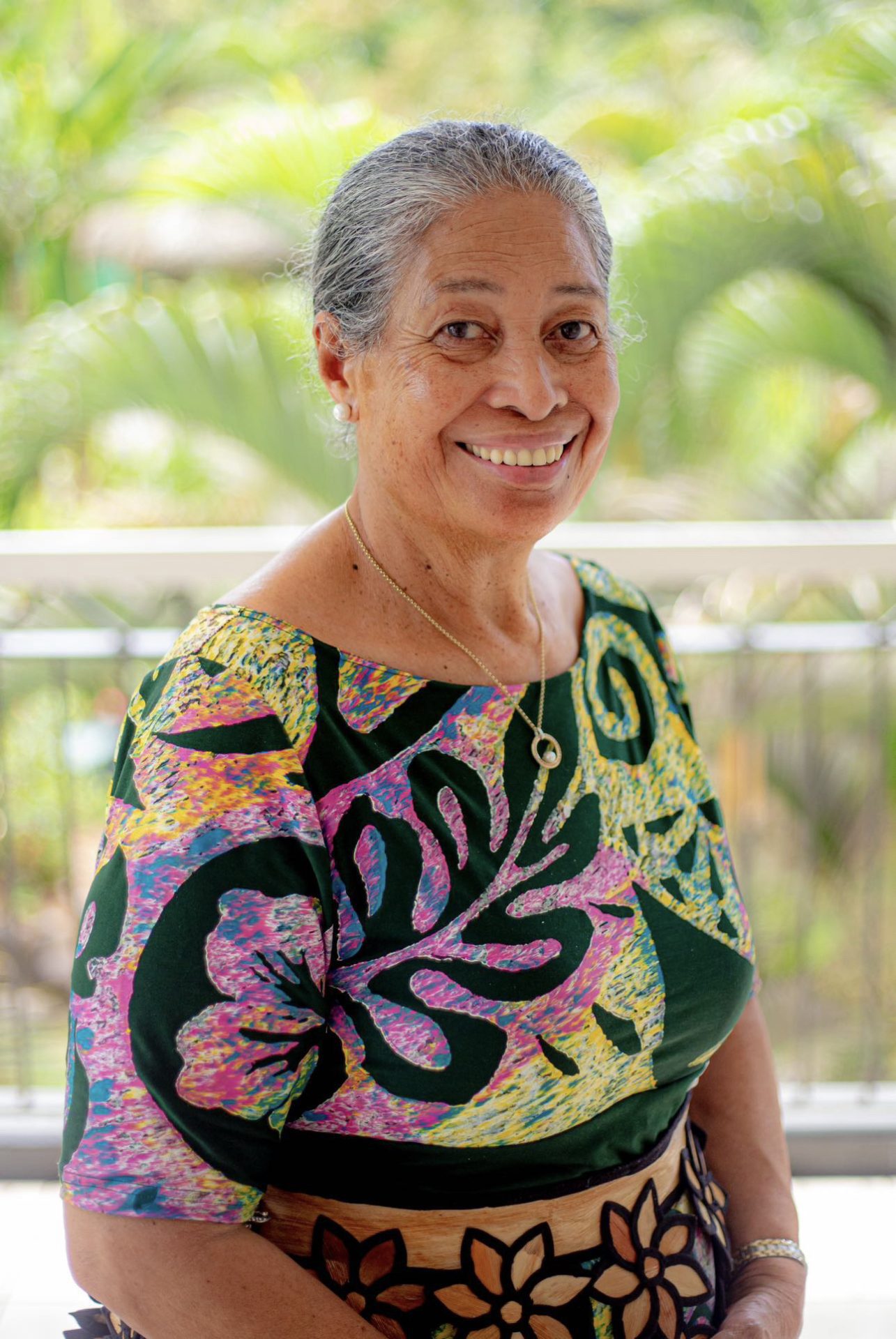
Falevai Flava
Take a short journey through Tongan history
Join Sulieti, her daughter Tui Emma Gillies, and granddaughter Aroha Gillies as they embark upon a long-awaited return to Sulieti’s ancestral village of Falevai, Tonga.
This documentary follows Sulieti and Tui as they reconnect with the women in Sulieti’s home village. Together, they revive the abandoned practice of ngatu, or tapa creation to create a stunning, large-scale work of art that took over a year to complete and pays homage to its origins.
Recent Projects

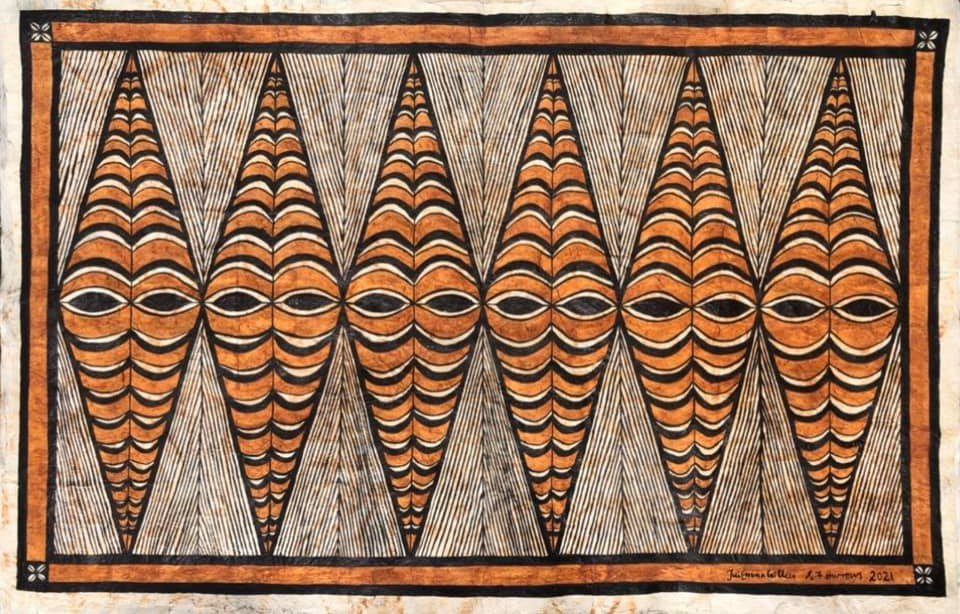
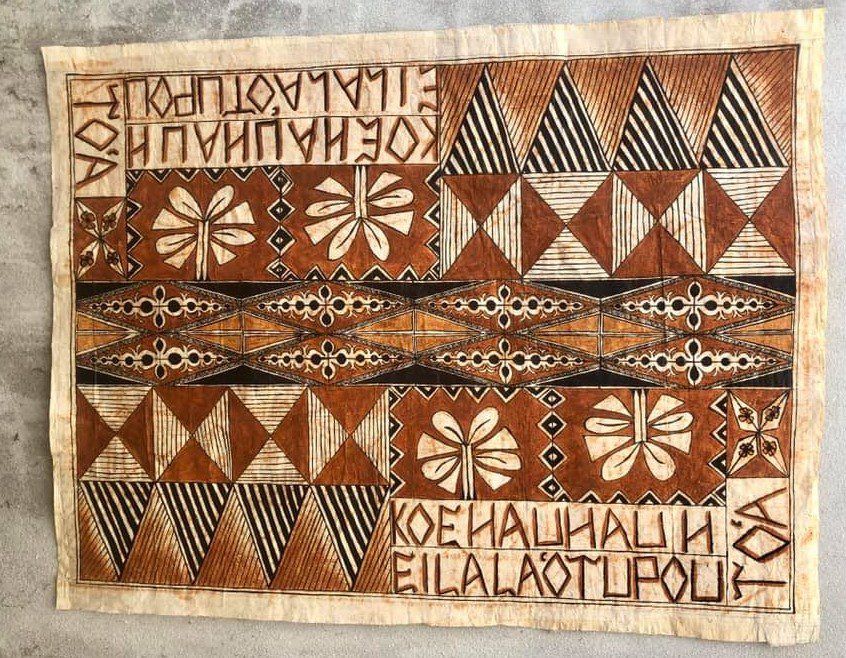


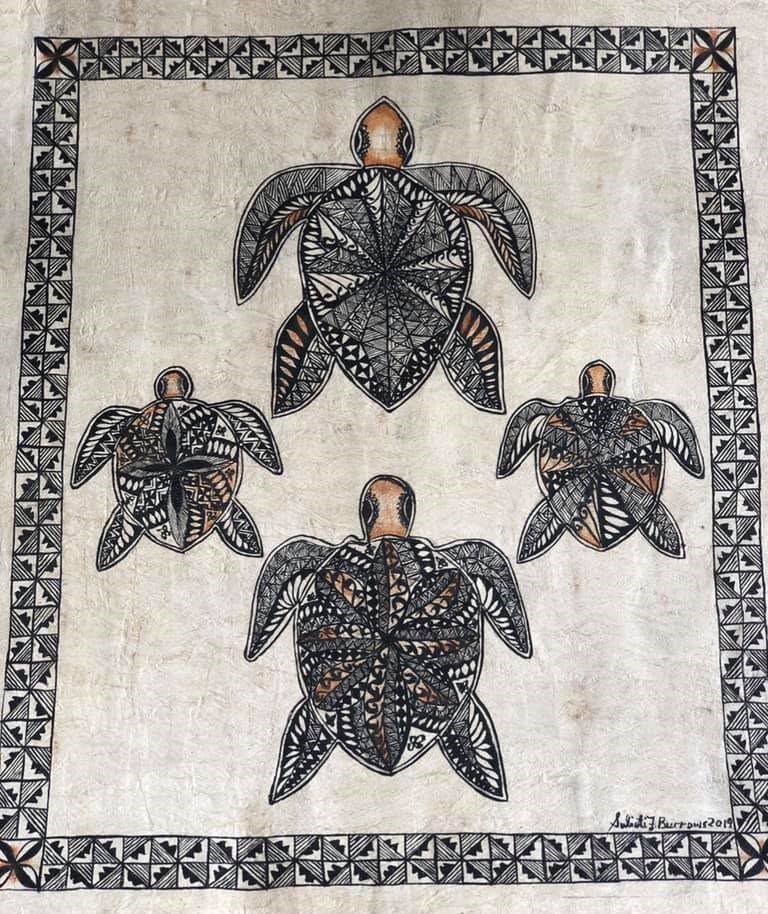

Tongan handicrafts
Original handmade jewellery and ornamental designs
Ever since I was a small child in Falevai, Tonga, I followed the example of my mother making a range of traditional Tongan handicrafts.
I have continued this tradition since I moved to New Zealand in the 1970s by making and selling my Tongan designs, but utilising materials that I could source locally.
These include kahoa heilala (Tongan necklaces) kiekie (ornamental garments worn around the waist as a mark of respect), fans and other decorative pieces such as cushions.
Stay tuned for more information on how you can purchase these original pieces directly from me.
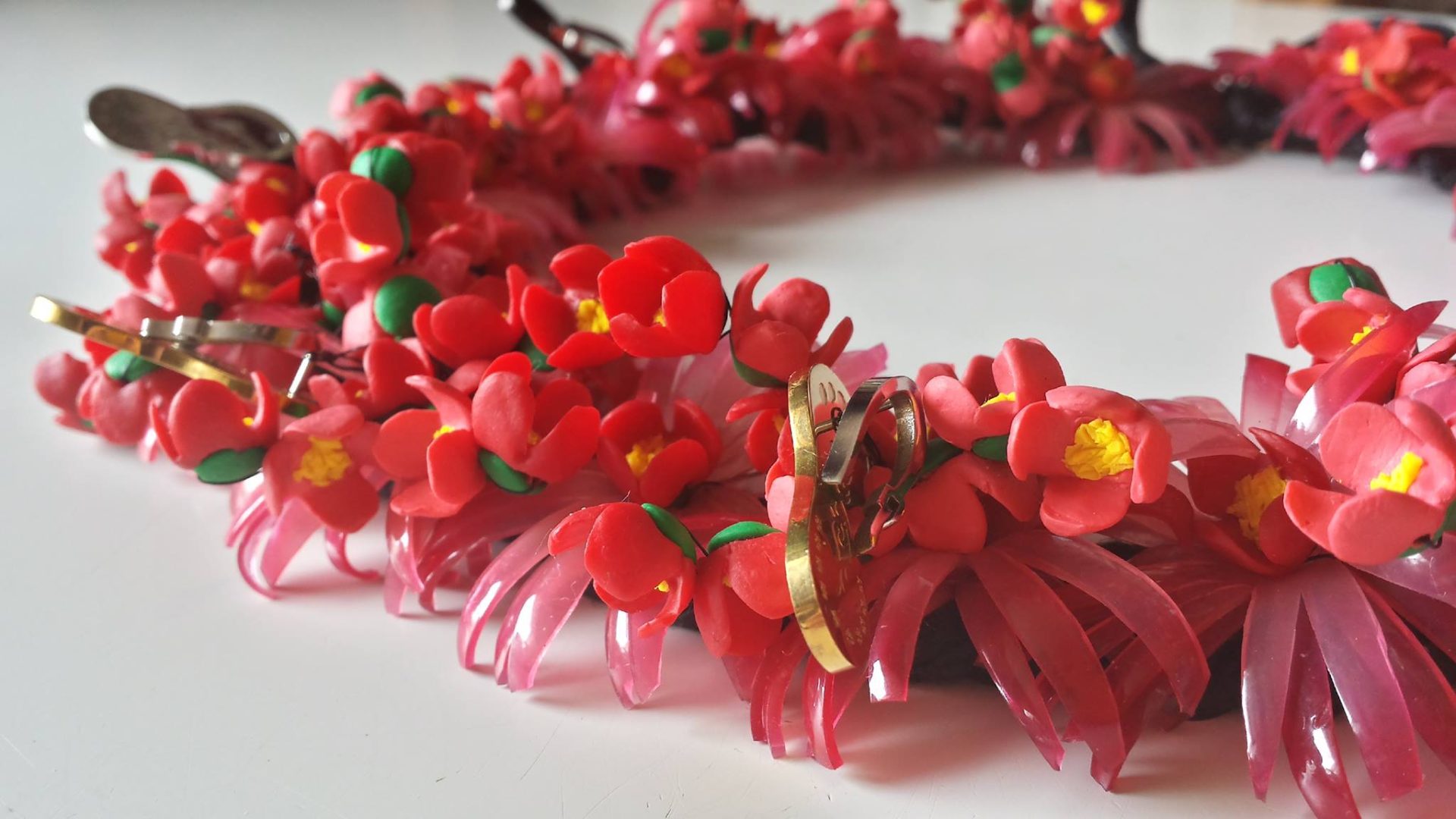




Tongan art workshops
Learn the traditional Polynesian art of tapa cloth painting
I am passionate about keeping the art of ngatu – tapa making – alive and sharing the beauty of this traditional art medium.
My daughter Tui and I run our art workshops for adults, children, school and community groups.
Our workshops specialise in teaching the traditional art of rubbing kupesi designs on tapa cloth with clay. We interweave our sessions with stories rooted in the Tongan history of growing and processing the paperbark or mulberry tree into tapa cloth as a beautiful and natural canvas.
If you are interested in scheduling a tapa cloth workshop with us, please make an enquiry via our contact form.

Tongan handicrafts
Intergenerational collaboration
In addition to her independent works, Sulieti collaborates closely with her daughter Tui Emma Gillies, to whom she is passing down her knowledge of the art of making ngatu.
Tui has adopted these traditional methods and fused with her own unique contemporary style.
Together, the mother-daughter duo are creating their own master works that have been exhibited globally, conducting workshops for international audiences, and profiling and preserving these ancient Tongan ngatu practices.
